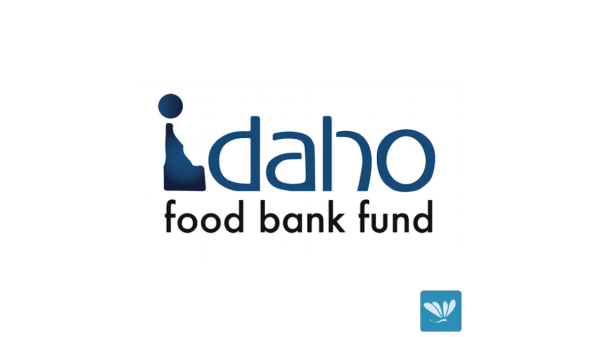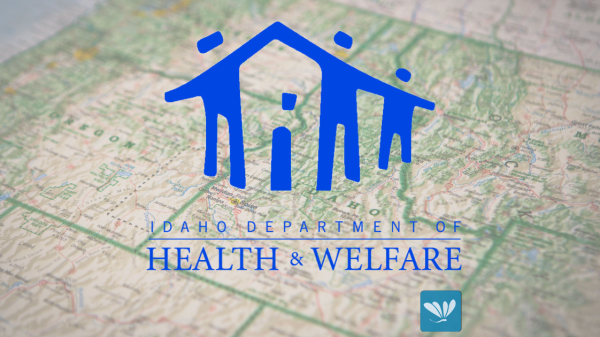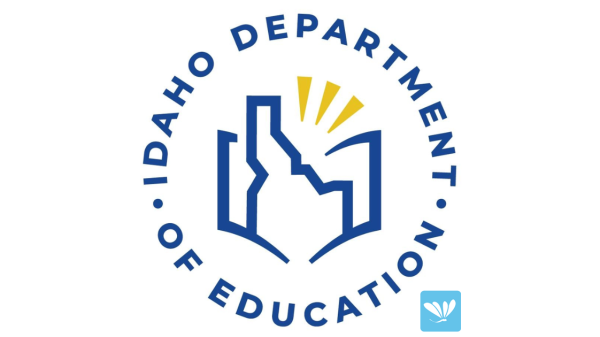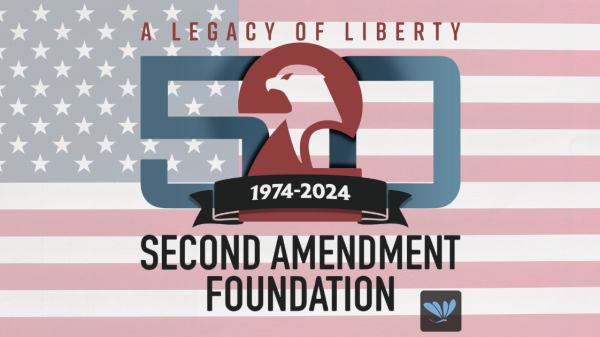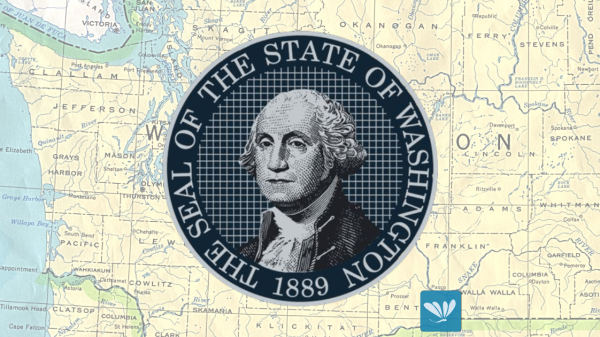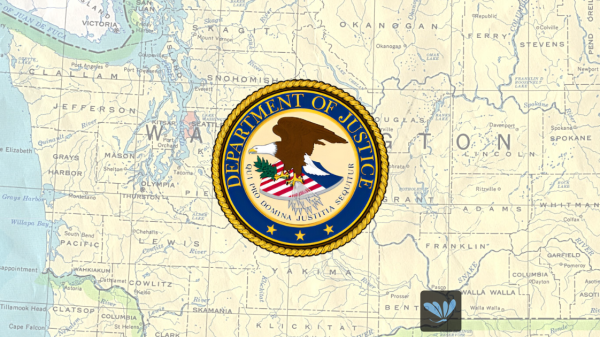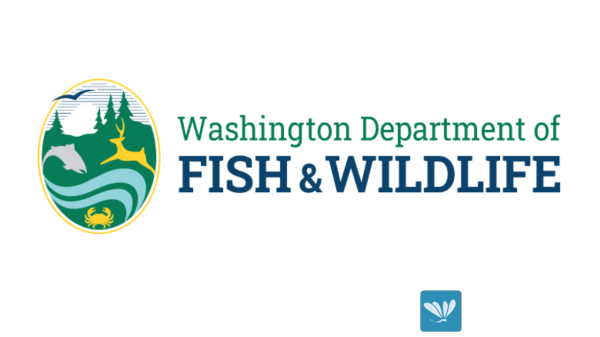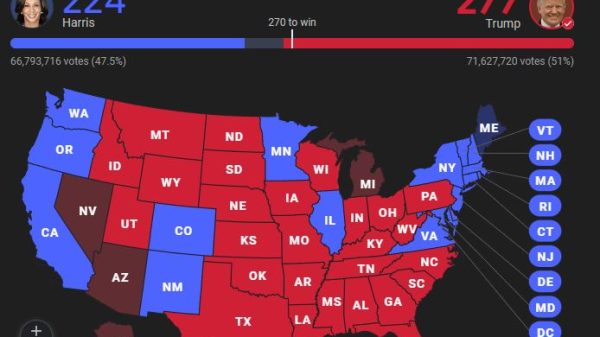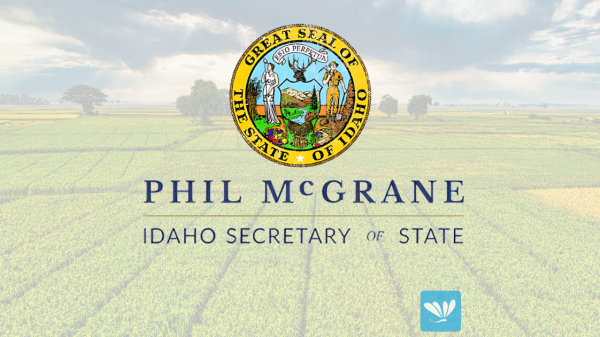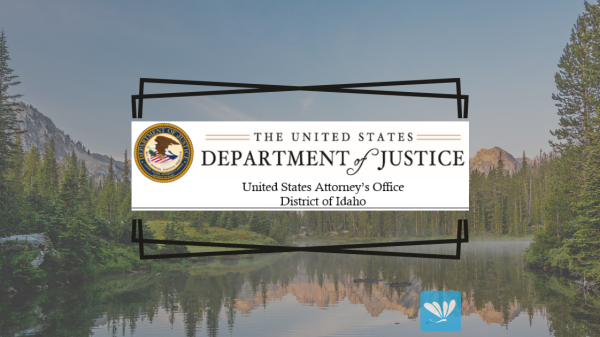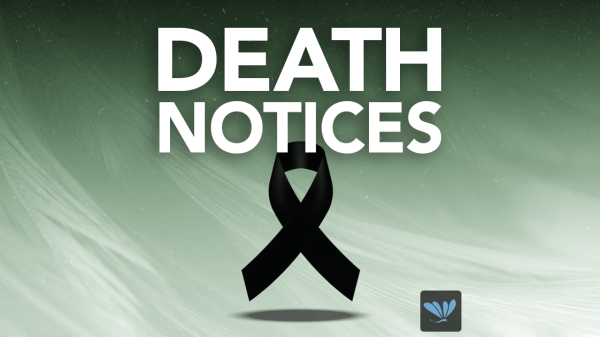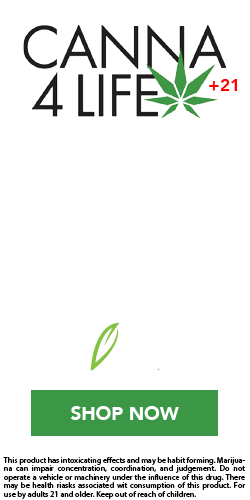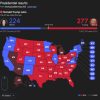Substance use research at Washington State University helped spur a recent change in Washington state policy to provide Medicaid coverage for contingency management, a behavioral treatment that uses gift cards and small prizes to help motivate people to quit using drugs.
WSU researchers, who have been conducting studies that show contingency management’s effectiveness for decades, have spent the past two years providing training and coaching to a small number of Washington state clinics implementing the intervention to treat stimulant drug addiction as part of a pilot project sponsored by the state Health Care Authority. Their work helped convince the state to include contingency management in its Section 1115 Medicaid waiver. With the recent approval of that waiver, Washington state is now the second state in the nation after California to provide Medicaid coverage for contingency management.
“There are very few effective tools out there for people who are struggling with stimulant use,” said substance use researcher Sara Parent, an assistant professor in the WSU Elson S. Floyd College of Medicine. “Now that contingency management is a Medicaid-covered benefit, we can get this helpful intervention out to a lot more people so we can help them live longer, fuller, healthier lives.”
The added funding made possible by the waiver allows the state to significantly expand its statewide contingency management pilot project. The pilot currently covers eight facilities in Spokane, Colville, Yakima, Omak, Everett, Port Angeles, Goldendale, and Elma. That number will rise to as many as 90 over the next few years as new clinics are approved to join the pilot and are trained by the WSU team. The waiver also allows for the duration of the intervention to be extended from 12 weeks to six months.
At each site, participants will come in twice a week for a rapid urine drug test that can detect use of stimulant drugs such as methamphetamine and cocaine. If their test shows that they haven’t used stimulant drugs, they are immediately rewarded with a voucher that can be exchanged for a gift card or prize. If not, they are encouraged to come back and try again.
While it seems deceptively simple, Parent says contingency management follows strict protocols that create lasting change by repeating the connection between the positive experience of getting those incentives and the behavior of abstaining from drug use. She said expanding access to contingency management into clinical settings is especially important given that no FDA-approved medications are currently available to treat stimulant use disorder.
“There’s a lot of funding and attention for the need to impact the opioid epidemic, and we have very effective medications—such as buprenorphine and methadone—to treat opioid use disorders,” said Parent. “However, many people use both opioids and stimulants at the same time and really need treatment for both.”
The inclusion of contingency management in the state’s Medicaid waiver eliminates several long-time barriers to adopting the intervention despite abundant research proving its efficacy and cost effectiveness, said College of Medicine Professor Michael McDonell. This includes concerns that the treatment’s use of gift cards could be seen as violating federal anti-kickback statutes. McDonell also pointed to limitations on federal funds provided for state and tribal projects to improve opioid and stimulant treatment that impose a cap on incentives of $75 per patient, an amount he said is too low to be effective. The waiver helps bring that amount in line with the research evidence. The Washington state program will provide an incentive amount of up to $1,000 over a six-month period, an amount McDonell believes will maximize the chances of success.
Another hurdle has been the stigma attached to the idea that contingency management is about paying people not to use drugs.
“People get up in arms when they think that somehow people who use drugs are getting resources they don’t deserve,” said College of Medicine Associate Professor Michelle Peavy. “But people don’t stop using drugs for $10 or $20 gift cards. They stop because they want better lives and improved relationships and health. The incentives simply provide small victories along the way to a larger goal, which benefits all of us, including people who want to address their substance use.”
The fact that contingency management is finally gaining momentum beyond research settings has the WSU team hopeful about the future of substance use treatment. In addition to their work here in the state, the WSU team is working with the state of Montana—which has a pending Medicaid waiver—to provide contingency management training to clinics there. They are also working with tribal communities across the country and are actively trying to influence policy at the federal level.
McDonell and Parent serve on a federal committee tasked with developing a nationwide contingency management training and technical assistance infrastructure so it will be ready to implement as soon as federal regulations around contingency management are relaxed.
“Contingency management really is a lifesaving, first-line treatment that can increase abstinence from stimulants by two to three times for a patient, which is a huge effect,” McDonell said. “It should be offered to everyone who has a stimulant use disorder and, down the line, be funded by the federal government hopefully.”







